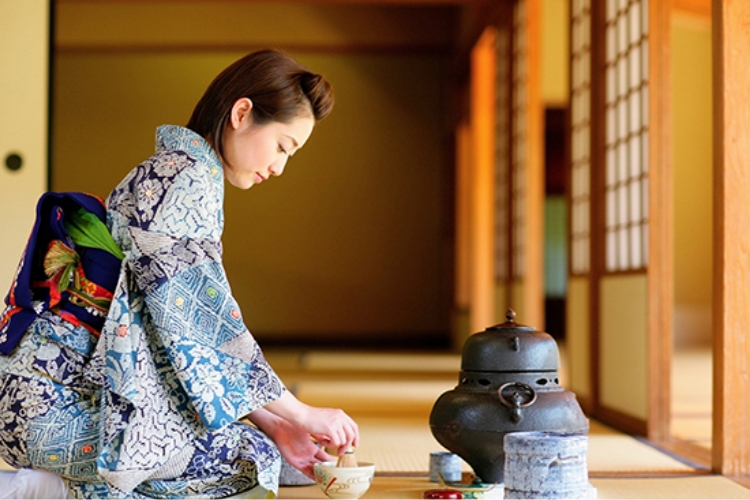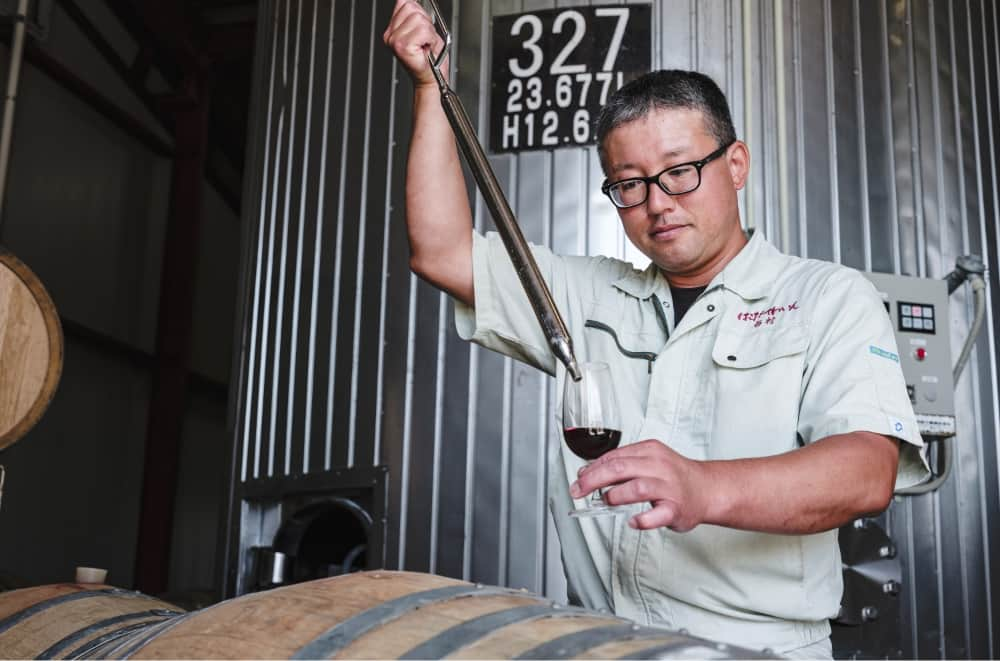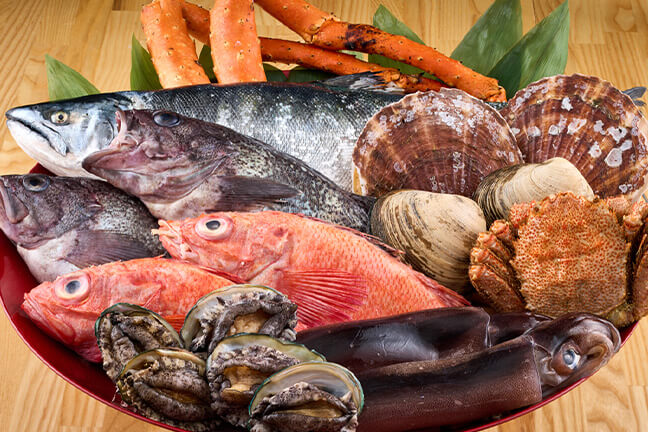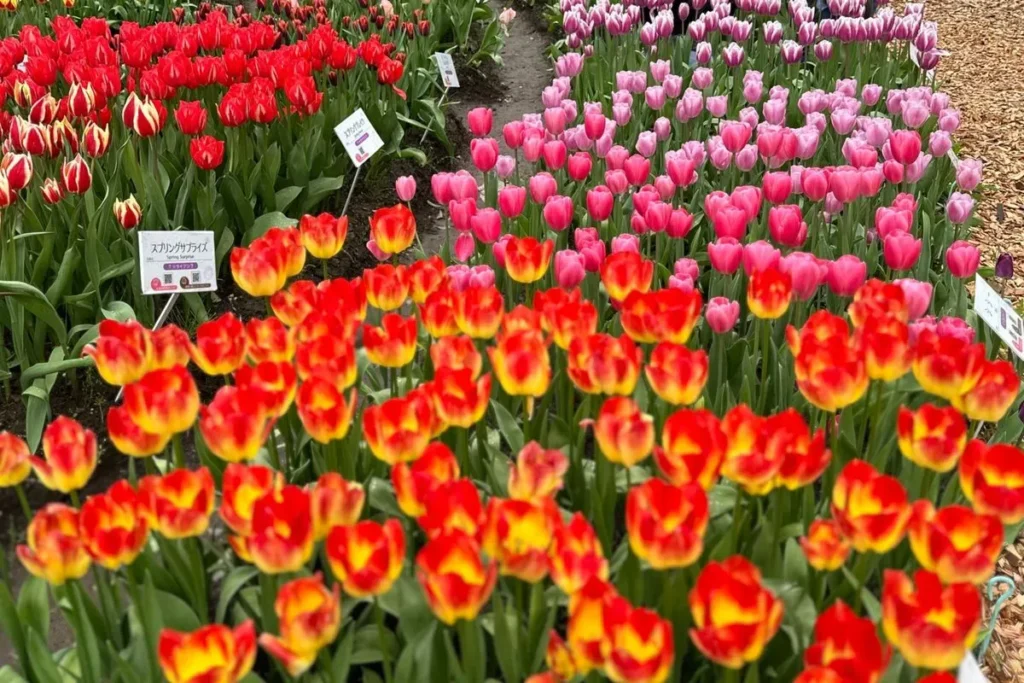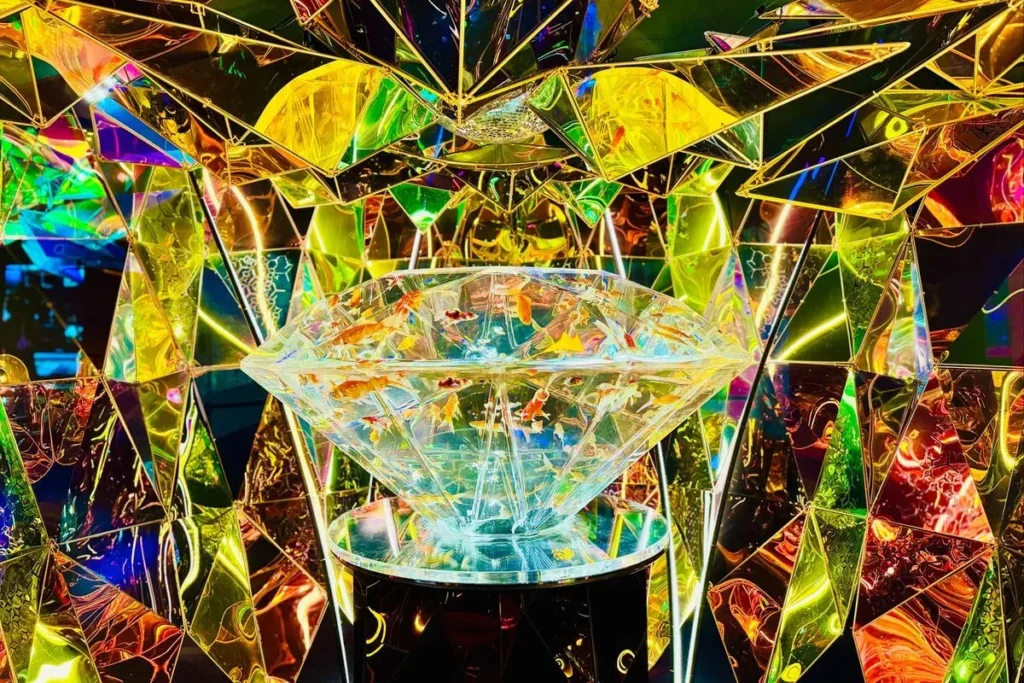Aiya Matcha
Aiya Matcha Japan > Shizuoka > Nishio A Globally Recognized Matcha Brand ─ Over 130 Years of Innovation by AIYA Matcha Japan is world-renowned as a producer of high-quality matcha. Among the many matcha makers, one company stands out: AIYA Co., Ltd., a long-established matcha manufacturer headquartered in Aichi Prefecture. Founded in 1888, AIYA has preserved the traditions of tea culture for over 130 years while continuously evolving to meet the demands of the times. Early on, AIYA expanded into the food industry, establishing a robust system of strict quality control and analytical techniques. It also built a flexible supply chain capable of handling large-scale production and fast delivery. Thanks to its exceptional responsiveness, the company has earned deep trust from a wide range of domestic and international clients. In addition to a strong emphasis on safety and peace of mind, AIYA also actively engages with modern values such as environmental protection, human rights, and religious considerations, earning various international certifications. This allows AIYA to achieve both sustainable production and global market development. Today, AIYA operates subsidiaries in Los Angeles (USA), Hamburg (Germany), Shanghai (China), and Bangkok (Thailand)—continuing to deliver authentic matcha to dining tables around the world. With a blend of tradition and innovation, AIYA is forging new paths for matcha. Its future developments are certainly worth keeping an eye on. Deep Umami and Lingering Aroma ─ AIYA’s Premium Gyokuro Tea “A moment of serenity in a cup”—this phrase perfectly captures the essence of AIYA’s gyokuro, a premium tea the company takes great pride in. Using a unique blend of carefully selected tea leaves, AIYA’s gyokuro achieves a delicate harmony between sweetness and subtle bitterness. From the first sip, you’ll notice a clear, refreshing flavor, accompanied by a gentle “ooika” aroma—reminiscent of dried seaweed—distinctive to gyokuro. The secret to gyokuro’s rich umami lies in its cultivation. As new buds begin to sprout, the tea fields are completely shaded to block sunlight. This method suppresses the production of catechins (which cause bitterness) and encourages the accumulation of the amino acid theanine, resulting in a mellow and profoundly rich flavor. A single sip brings a luxurious moment of relaxation. This is a tea truly worthy of savoring during special tea times. The “King of Tea” ─ Exploring the Appeal of Matcha Among Japan’s tea traditions, which date back over 1,000 years, matcha holds a particularly special place. Unlike sencha, where only part of the tea leaf’s components are extracted, matcha involves consuming the entire powdered leaf—making it a nutrient-rich beverage truly worthy of the title “King of Tea.” Matcha offers a surprising array of health benefits: preventing obesity, anti-aging, dementia prevention, beautiful skin, cavity prevention, and relaxation effects, among others. As global awareness of health grows, the value of matcha is being reappreciated worldwide. Another key appeal is its versatility. Beyond sweets and drinks, matcha pairs beautifully with savory dishes, and its culinary potential continues to expand. Its flavor, backed by centuries of tradition, adds richness to modern dining experiences. How Matcha Is Made ─ AIYA’s Craftsmanship and Tradition What may seem like a simple green powder is actually the result of meticulous craftsmanship. AIYA’s matcha is a masterpiece of artisanal skill, created using techniques handed down through generations. The process begins in April, when new buds appear in the tea fields. A black covering is placed over the plants to block sunlight. This shading enhances the vivid green color of the leaves and nurtures the subtle sweetness and signature aroma known as “ooika.” The harvested leaves are steamed and dried, then carefully stripped of stems and veins to produce tencha, a refined form rich in umami and nutrients. This tencha is then ground into fine matcha powder using AIYA’s hallmark method: the traditional stone mill technique. Each stone mill is crafted by skilled artisans using a specialized method called “medate.” These mills are so precise that they can only grind about 40 grams per hour, ensuring a slow, deliberate, and high-quality production of premium matcha. After passing final inspections, the matcha is packaged and shipped to customers across Japan and around the world—fresh and full of flavor. Blending tradition with cutting-edge technology, every cup of AIYA matcha embodies the pride and dedication of its craftsmen. Check out sightseeing spots around Aiya Matcha
